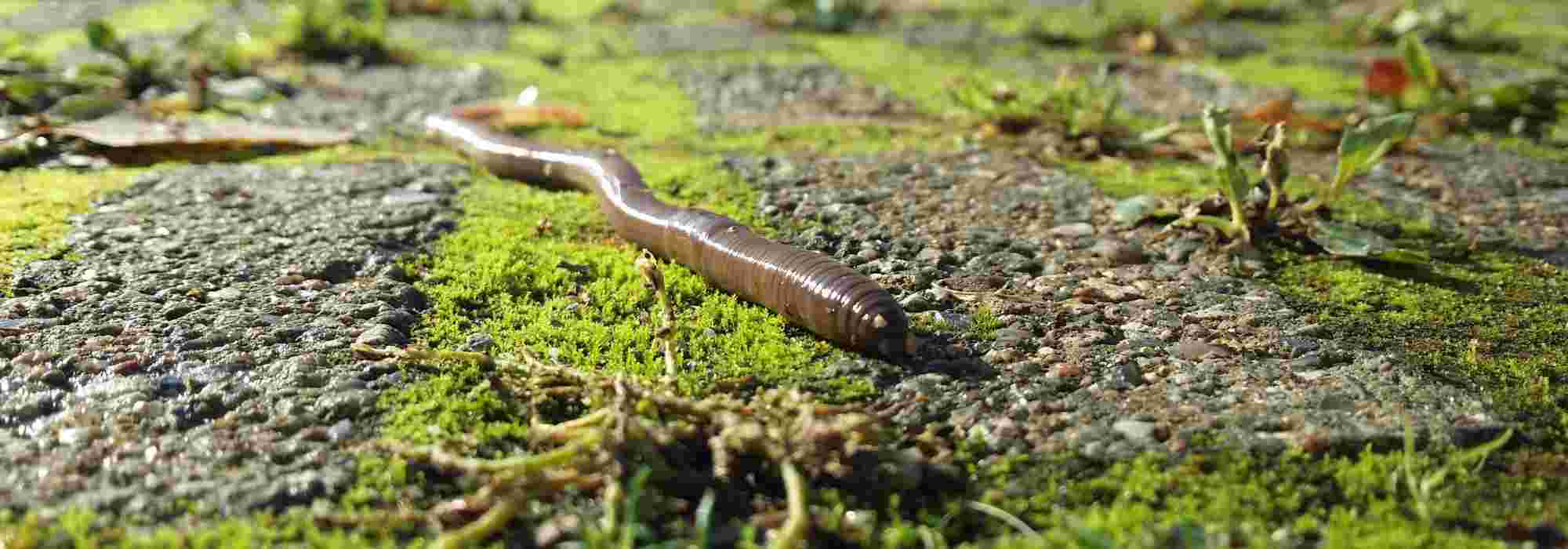
Earthworm or lumbric: an indispensable ally in the garden
Everything you need to know about earthworms
Contents
Earthworm, or lombric, is indispensable in the garden, whether vegetable or ornamental. It aerates the soil and contributes to its fertility. And yet, it bole long unloved… to such an extent that it was considered harmful as recently as a few decades ago. Of course, this is not the case; quite the opposite!
How do earthworms live? What do they actually do for us? But above all, how can you let earthworms work in peace… We’ll tell you everything about lombric!
Who, then, is the earthworm?
When talking about earthworm, one should rather say EARTHWORMS because 6,000 species are described worldwide (there are probably many more!) gathered into 13 families. But the one that interests us most in the garden is Lumbricus terrestris L, also known as the common earthworm or simply “earthworm”.
Let’s start with a surprising fact: earthworms account for no less than 60 to 80% of the standing crop of animals in soil. Between 50 and 400 individuals per m² can be found, but this number depends greatly on medium. Indeed, there are more earthworms in forest medium or meadow than on poor soils. And it is estimated that the total weight of these charming creatures is 20 times the weight of entire human population on Earth.
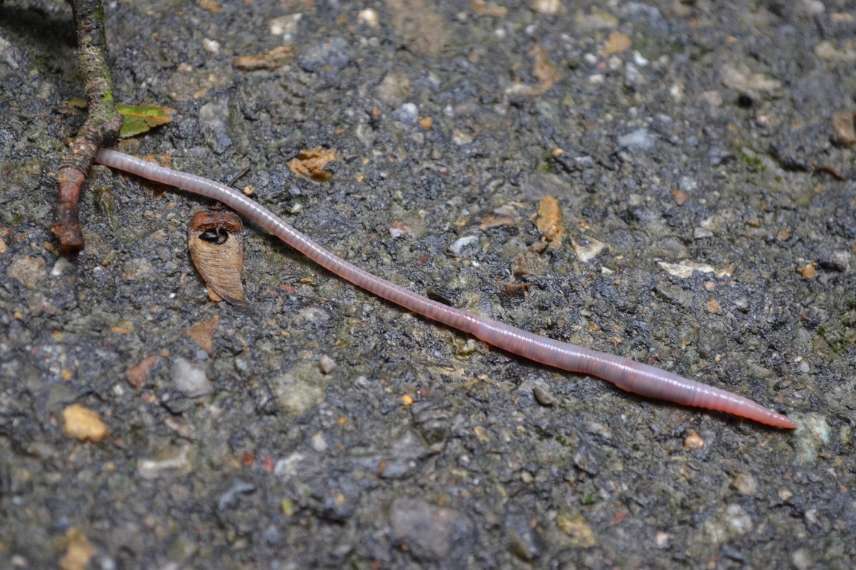
Measuring 100 to 300 mm in length, the earthworm is an annelid of pink-brown colour whose body is divided into ring-shaped segments. The second segment, darker in colour, corresponds to its mouth while the last segment, lighter than rest of individual, constitutes its anus.
The earthworm is a hermaphrodite animal. It is actually and always both male and female (unlike other opportunistic hermaphrodites, which change sex depending on circumstances). During reproduction, two individuals exchange sperm while holding one another using their respective clitellum (the swollen band between segments 33 and 37). Afterwards each earthworm will form a cocoon, again via the clitellum, to protect the eggs and then give birth to nearly 400 young earthworms per year.
Lifespan of an earthworm ranges between 4 and 8 years. They are photosensitive and dislike dryness. Earthworms can close their burrows using turricules or torillons in dry and cold weather. Moreover, they breathe through their skin, which is why they come to the surface when it rains — they risk suffocating (basically drowning) if they remain in their burrows.
People often tend to put all soil worms in same basket… Yet they are different and can be classified into three groups, according to their position in your soil :
- epigeous: at soil surface. These are small, thin worms commonly called compost worms
- found in the soil: a few centimetres deep. They are medium-sized and completely white. They are found near roots and are sometimes predators of other worms.
- anecic worms: at about one metre deep, these are our earthworms. They dig galleries and contribute to improving your soil (but we’ll return to this later).
A quick word from Oli: the science that studies earthworms is called geodrilology. Alas, geodrilologists are few despite importance of earthworms in ecology.
The role of the earthworm in the garden
Earthworms have several roles in garden:
- They bring nutrients up to surface to provide them to plants. Soil fertility is thus increased.
- They break down organic debris (mainly plant material and sometimes animal matter) to reincorporate it into soil. In reality, they eat debris that is degraded in their gut by fungi and symbiotic bacteria (don’t be squeamish! It’s the same in your own gut). Besides, Aristotle already understood this in Antiquity since he called earthworms “intestines of the earth”.
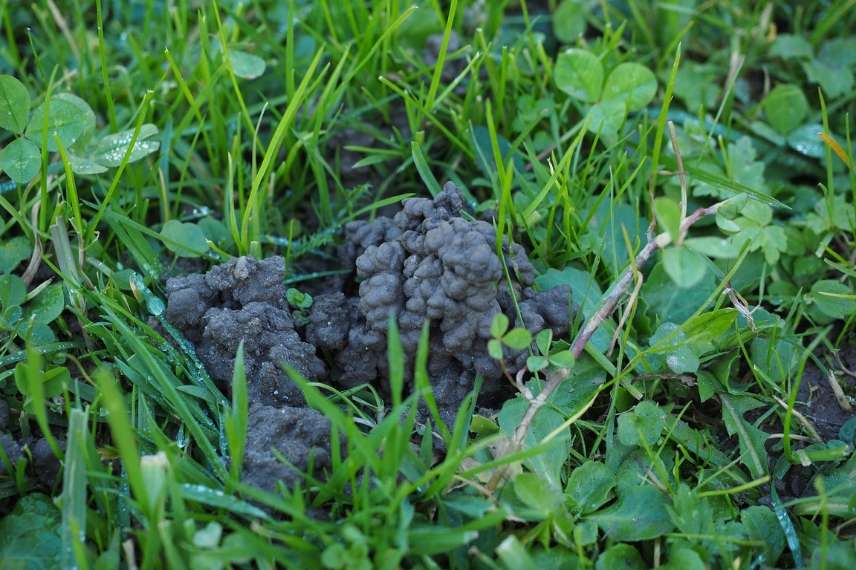
Earthworm cast, also called turricule
- They improve soil aeration.
- They contribute to micro-drainage of soil thanks to their burrows.
- They disperse heavy metals, certain soil pollutants, bacteria and fungal diseases. If these are no longer concentrated in one place, they become less problematic.
- They are a bioindicator of soil quality. The more earthworms there are, the healthier soil is. Moreover, analysing earthworms allows checking levels of these pollutants, since they absorb them widely.
- They serve as food for a range of animals: birds (blackbird, green woodpecker, …), small mammals (shrews, moles, hedgehogs, …) and insects (golden ground beetle).
How to protect earthworms?
Once, earthworms were considered pests in gardens and crops. It was Darwin who first tried to rehabilitate them by proving that earthworms are indispensable to the good health of our soils. So, as you can guess, if you want a healthy, natural garden, leave earthworms alone!
And it’s quite simple, you just need to take into account a few small things:
- Ploughing or digging harms earthworms. It can cut them outright sometimes but above all it mixes soil layers. As you know, earthworms, like other soil organisms, live in specific soil layers. If you mix everything, the balance will be broken. favour no-dig gardening practices, for example using a broadfork or a digging fork. If you still feel like spading, do it late afternoon or in overcast weather, when earthworms will be deeper in soil.
→ read on the subject: “Turning soil over: good or bad practice?” - Never leave soil bare. Soil cools more in winter, it dries out faster in summer and earthworms don’t like that. Opt for a mulch of dead leaves or all kinds of plant debris (surface composting) which will protect your soil while feeding earthworms (and therefore soil and plants too!).
→ read on the subject: “Mulching: why? How?”
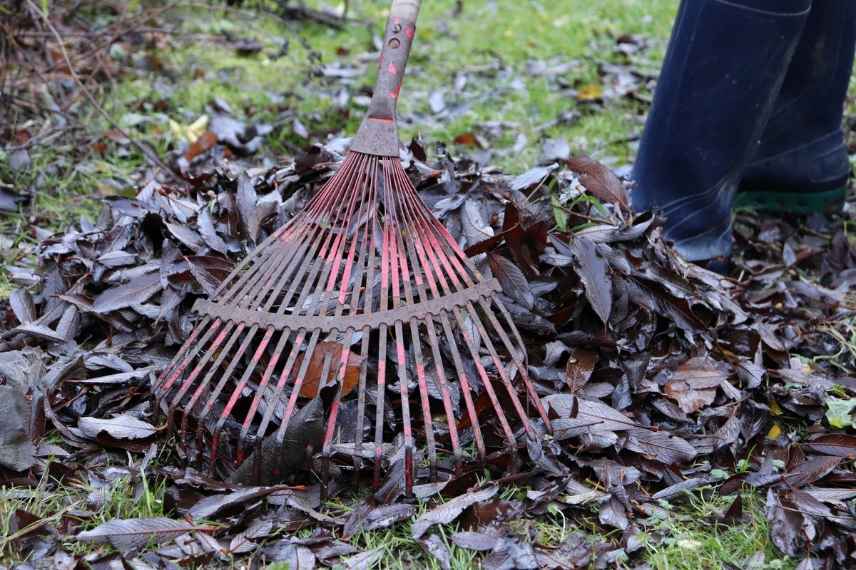
Dead leaves to spread in flowerbeds as mulch
- Forget all forms of pesticidal products! (in any case, it’s banned) Even the “organic” ones such as Bordeaux mixture which contains copper sulphate particularly harmful to earthworms (and unfortunately not only to them…).
- Don’t increase natural predation! It may seem fun to let chickens roam in vegetable patch to eat slugs but… they won’t stop there. In reality you are throwing a T-Rex among a herd of kids. Okay, I admit, that remains anecdotal compared with predation by an invasive Asian species of flatworm that attack our earthworms and cause terrible damage to populations.
Oli’s note : No, no and no! Cutting an earthworm in two will not give two earthworms that go off to live separate lives. It will simply give one dead earthworm cut in two. Period! This is just a stupid urban myth passed down since time immemorial.
- Subscribe!
- Contents
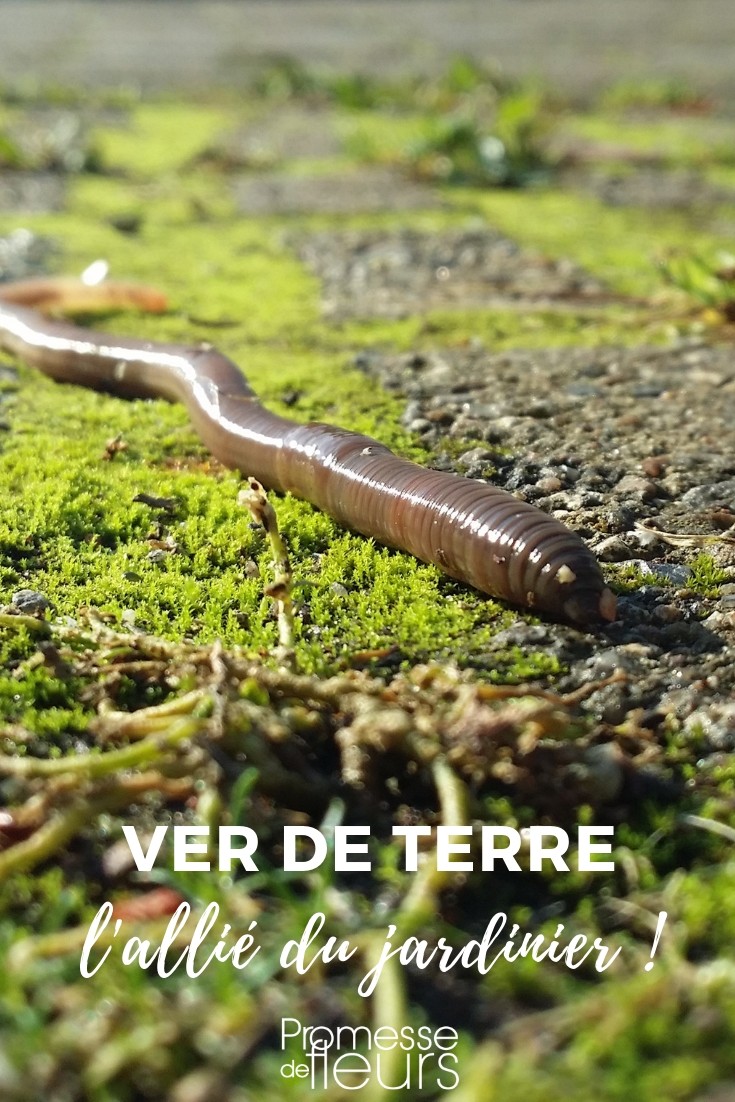































Comments